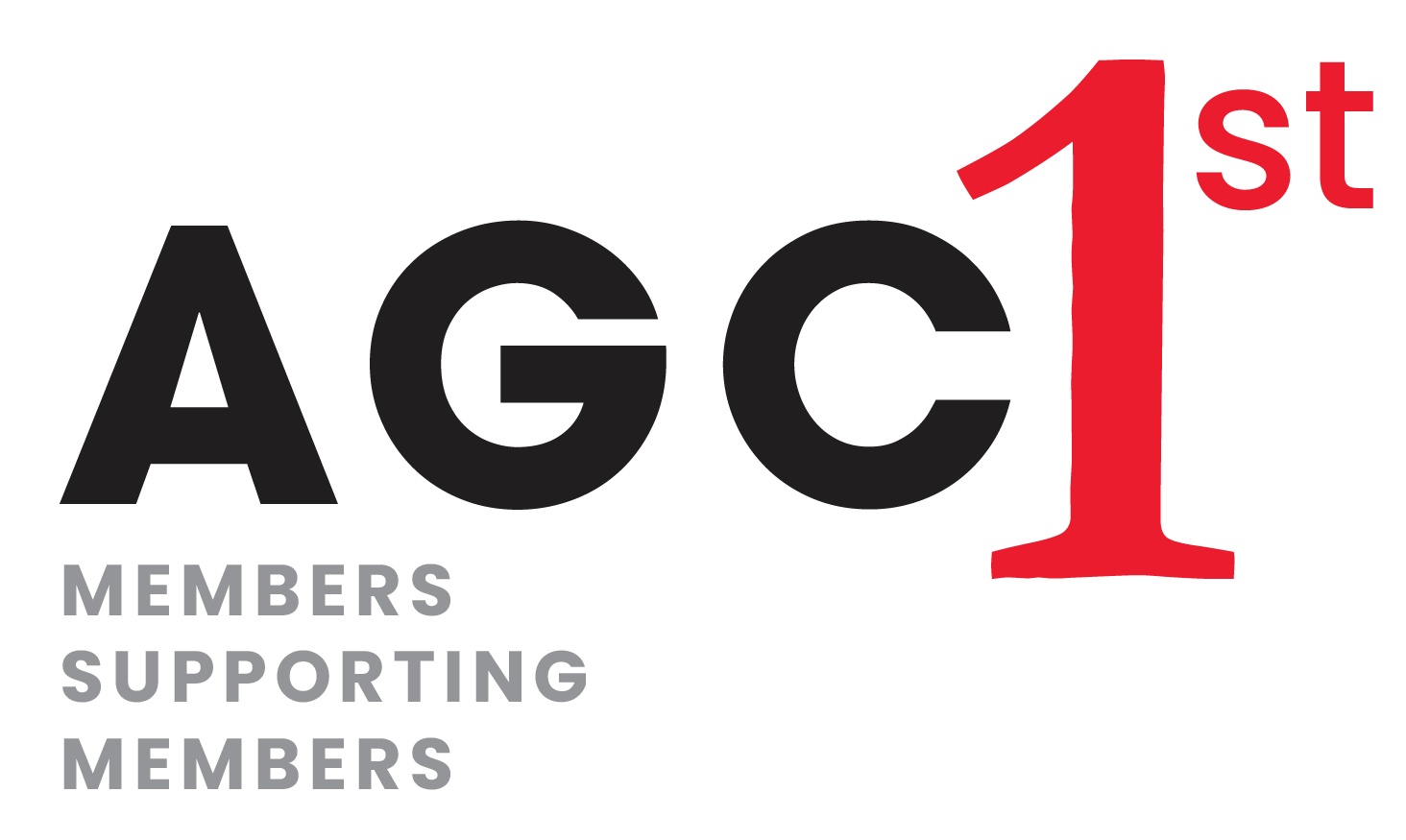You Have Unearthed the Buried Treasure! What will your prize be?

We would like to say THANK YOU for your membership in AGCMO and your dedication to the industry.
Plus… you win a prize!
We have new promotional products to share with members and want you to be among the first to receive some.
Email Denise Hasty to claim your prize.
Now, to the real story...
How Structural Engineers Can Support Contractors
By: Alicia Padilla, EIT, Engineer, Special Inspections & Design
As we all know, within the past year, COVID-19 has turned the world upside down, including the construction industry. 2020 saw the number of projects decrease because many construction sites were shut down and owners did not want to start the design process of new construction due to uncertainty of how COVID would affect them. However, construction is now moving full steam ahead in 2021. Most projects that were stopped in the past year have resumed construction and as things move back towards normalcy, new construction is being developed and designed. While the boom in demand for design is good, it is having a negative impact on the supply and cost of construction materials.
Many manufacturers are experiencing a high demand of materials with the combined backlog of projects from 2020 and the new construction in 2021. Many materials have a longer than normal lead time, and costs are skyrocketing. Under normal circumstances, it is important for the contractor to communicate with the structural engineer to determine the best structural system for a specific project. With the material shortages occurring now, this communication is more crucial than ever.
The contractor should work with the structural engineer in the early stages of design to select the best material based on design requirements, schedules, and cost. It is best to communicate early and often with the engineer about any concerns or potential changes in materials. Determining any necessary material changes early in the design process can prevent costly redesigns and schedule delays down the road. Having all options laid out in the beginning makes the design process smoother and helps avoid any surprises or delays.
The structural engineer can also help the contractor come up with unique solutions like using non-traditional construction material or using a combination of materials. Factoring in which materials are available, the engineer can get creative with the design and pull from past experiences that also utilized unique designs.
With open lines of communication, the engineer can consider any materials the contractor and subcontractors may already have in stock. Items like bar joists and steel shapes are frequently stockpiled. If given this information up front, the structural engineer can try to utilize the members the contractor already has in their design. This is usually more cost effective than ordering new materials and can accelerate construction schedules.
While there are multiple ways to tackle the issue of high demand of materials during this time, the first step should always be for the project team to communicate early and often. This is especially important for the contractor and structural engineer. By communicating effectively at the beginning and throughout any roadblocks, the team approach can help all parties successfully navigate the current industry challenges caused by COVID.
Contact: Alicia Padilla, EIT Engineer
Special Inspections & Design https://sidengineers.com/
